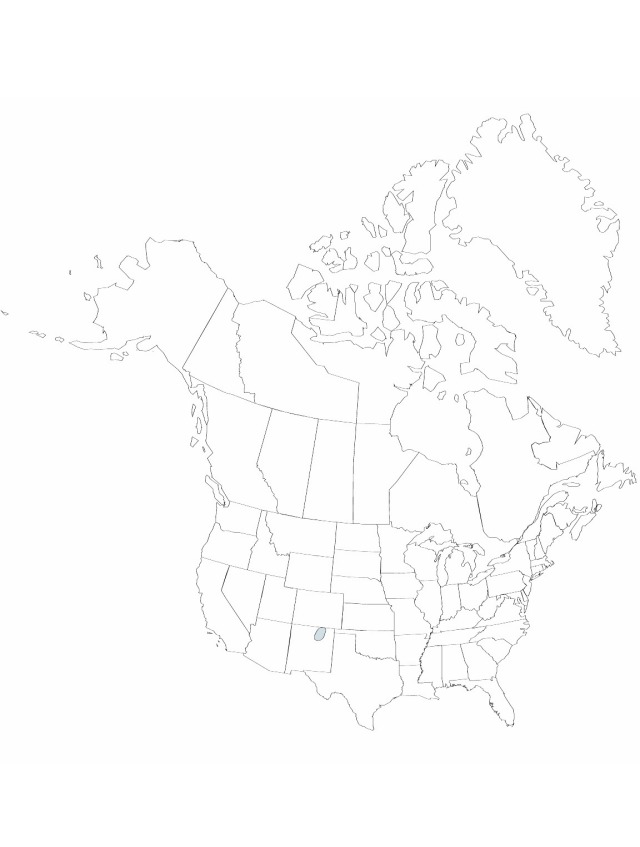Difference between revisions of "Sagittaria demersa"
N. Amer. Sagittaria. 32, plate 15, figs. 1–4. 1894.
FNA>Volume Importer |
imported>Volume Importer |
||
| (5 intermediate revisions by 2 users not shown) | |||
| Line 32: | Line 32: | ||
-->{{#Taxon: | -->{{#Taxon: | ||
name=Sagittaria demersa | name=Sagittaria demersa | ||
| − | |||
|authority=J. G. Smith | |authority=J. G. Smith | ||
|rank=species | |rank=species | ||
| Line 47: | Line 46: | ||
|publication year=1894 | |publication year=1894 | ||
|special status= | |special status= | ||
| − | |source xml=https:// | + | |source xml=https://bitbucket.org/aafc-mbb/fna-data-curation/src/2e0870ddd59836b60bcf96646a41e87ea5a5943a/coarse_grained_fna_xml/V22/V22_146.xml |
|genus=Sagittaria | |genus=Sagittaria | ||
|species=Sagittaria demersa | |species=Sagittaria demersa | ||
Latest revision as of 21:29, 5 November 2020
Herbs, annual, to 60 cm; rhizomes absent; stolons present; corms present. Leaves submersed, phyllodial, lenticular, to nearly terete, 12–53 × 0.3–0.7 cm; rare stranded plants without expanded leaf blades. Inflorescences racemes, of 2–7 whorls, floating or emersed, to 16 × 4 cm; peduncles 13.5–28 cm; bracts connate more than ¼ total length, ovate to lanceolate, 1.5–2 mm, delicate, not papillose; fruiting pedicels spreading to reflexed in flower and fruit, cylindric, 1.5–6.5 cm. Flowers 1.5–5 cm diam.; sepals spreading in staminate, appressed to spreading in flower and fruit in pistillate, often enclosing flower or fruiting head; filaments dilated, longer than anthers, glabrous; pistillate pedicellate, without ring of sterile stamens. Fruiting heads 0.4–0.6 cm diam; achenes oblanceoloid to obovoid, not abaxially keeled, 1.5 × 1 mm, beaked; faces not tuberculate, wings absent, glands absent; beak lateral, erect, 1.1 mm.
Phenology: Flowering summer–fall.
Habitat: Streams and lakes
Elevation: 1500–2000 m
Distribution

N.Mex., c Mexico.
Discussion
Sagittaria demersa was known previously only from central Mexico. It is known in the United States from three recent collections taken in northern New Mexico.
Selected References
None.